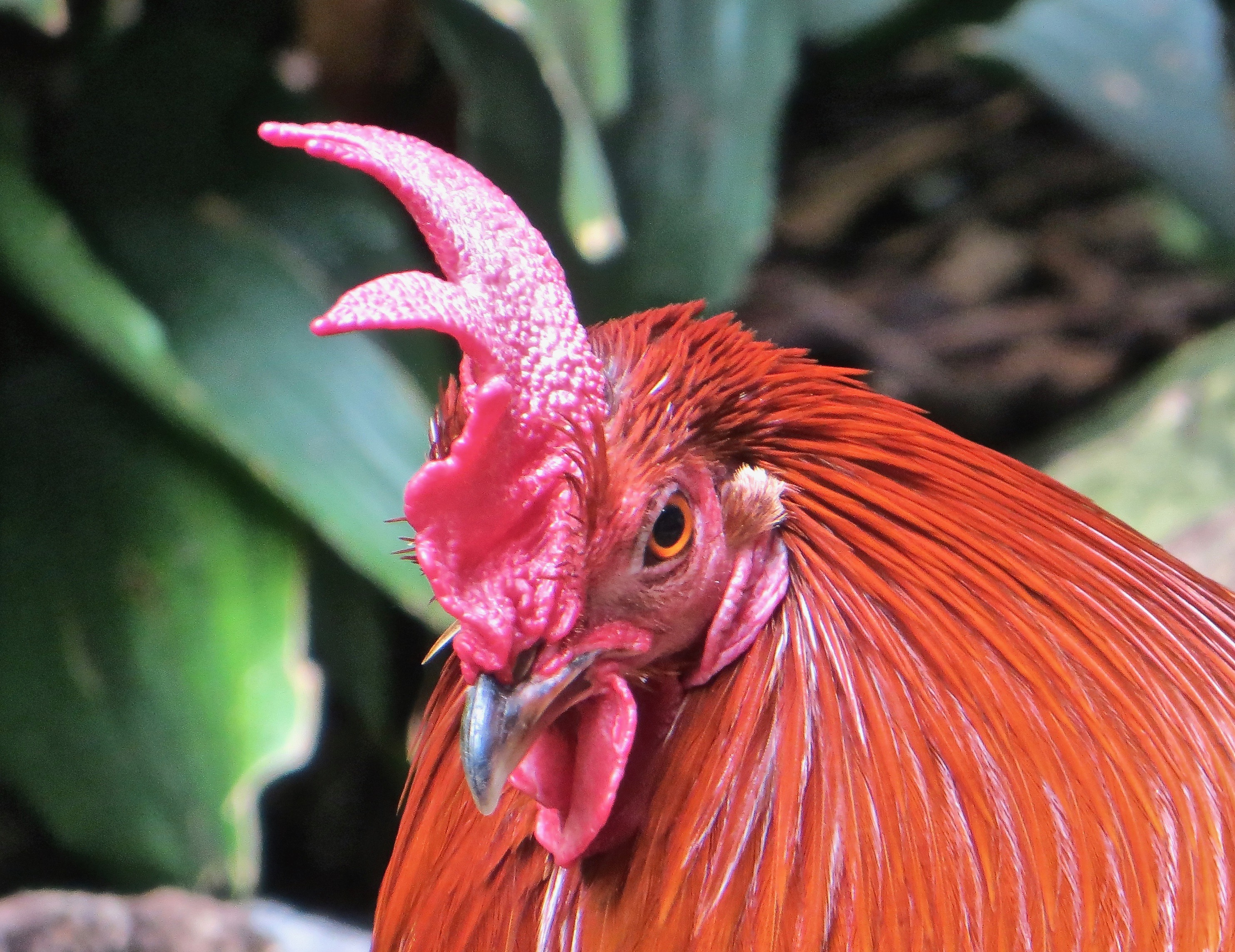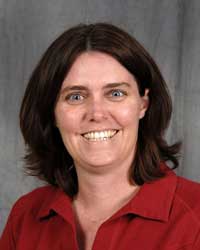Aristotle’s hen house
VGNC, Guest Post ·This guest blog post has been contributed by Fiona McCarthy, a member of our Scientific Advisory board.

While today chickens are perhaps best known as the key ingredient in tikka masala, they have been used since 335 BCE to understand how life is created and formed. Chickens were also used to demonstrate that some viruses cause cancer, and eggs were (and still are) used to grow viruses and produce vaccines. And it’s not just chickens we have to thank for helping us to stay healthy and live longer. Dogs are used to study chronic cancers; horses used as a model for asthma; and sheep are used to mimic type two diabetes.
As with all animals used as models for human health, it is critical that gene names are directly comparable between species. The VGNC team ensures that vertebrate genes are named so that researchers can quickly identify equivalent genes from different species and – just as importantly – convey when similar genes are not related. To assign gene names, curators work with the community (especially authors who first publish gene names), genome consortia, international resources such as NCBI, and model organism gene nomenclature groups.
A brilliant plan
When I first started doing gene nomenclature I had an easy, two-part plan. Use computers to rapidly identify interspecies equivalents, and name them based upon the human gene nomenclature. Anything left over could be named…something unique. (I admit; my plan was a little light on detail in places.) And if biology was easy, my blog would end here.
My blog does not end there. Genes have families that that are complex when viewed in a single species, and the expansions, contractions and pseudogenization that occurs across species would put even the most isolated mountain family to shame. And what happens when the human gene name includes functionality that birds don’t have? Should reference to human blood antigens be transferred to other species? And what about those genes that are well studied in species other than human? Ovalbumin should more correctly be named as a Serpin family member but who amongst us is brave enough to tell chicken researchers that ovalbumin has a new name? With the weight of decades of published literature and with the phrase “tarred and feathered” foremost in my mind, I quietly amended the rules.

Here Be Dragons
Names matter. Names convey meaning. Researchers frequently enter long lists of gene symbols, rather than accessions or identifiers, into their analysis tools. Behind the scenes these tools then try to disambiguate approved gene symbols and commonly used abbreviations, often dropping many genes in the list from the analysis without reporting this to the researcher. Names convey worth. We are wired to care more about people we know, rather than faceless crowds. If a gene without a name is dropped from an analysis, does it really matter? This bias towards the known is already well documented in the human scientific literature, and becomes more acute as large-scale genetic approaches are applied to a bewildering array of species.
(HGNC interjection: Would you like to check if the symbols you are using in your manuscript are HGNC approved, non-approved synonyms/aliases, previous symbols or completely unmatched to our database? If so, you can read about how to use our multi-symbol checker tool in this previous blog post.)
I have been working on chicken gene names now for over a decade now, and sometimes I dare to dream that I am finished with the “easy” ones. What stretches ahead are the chicken genes not found in mammals, and perhaps not even in other vertebrate classes. This is the unexplored territory, the genetic equivalent of “Here be Dragons” drawn in the corner of the maps. Even as the nomenclature tickets pile up and another genome release threatens to wash away all my work like an incoming tide, I know this: understanding more about vertebrate genes helps us to understand ourselves.

This guest blog post was written by Fiona McCarthy, a Professor at the University of Arizona and a member of our Scientific Advisory board. In 2009, she worked with the community to establish the Chicken Gene Nomenclature Consortium (CGNC), which she now manages. Her research interest is the functional annotation of gene products to support high-throughput genomics in non-model species.
